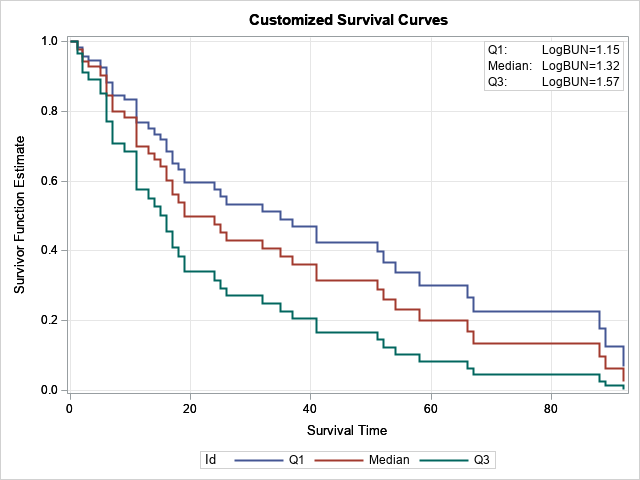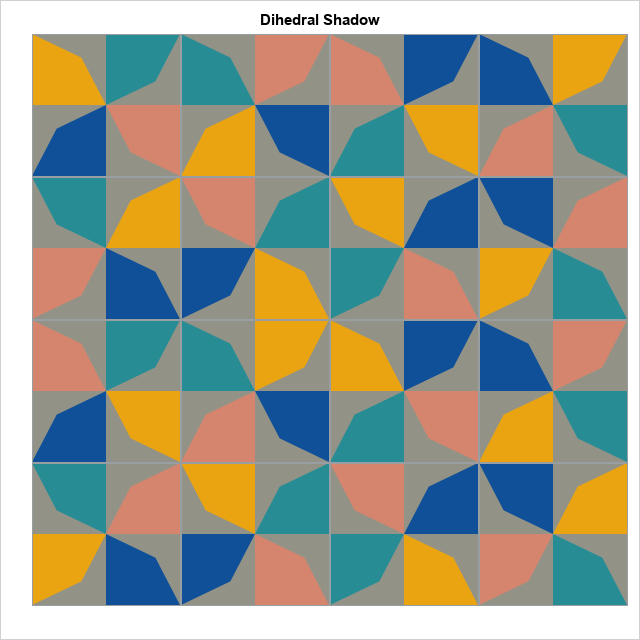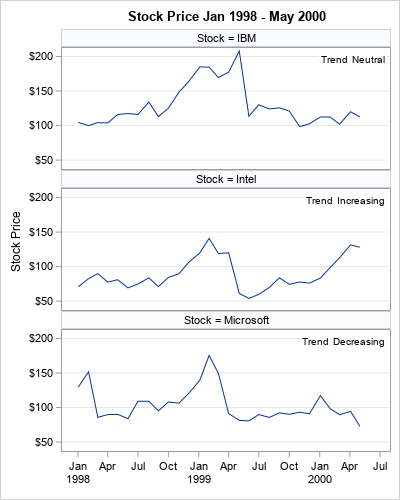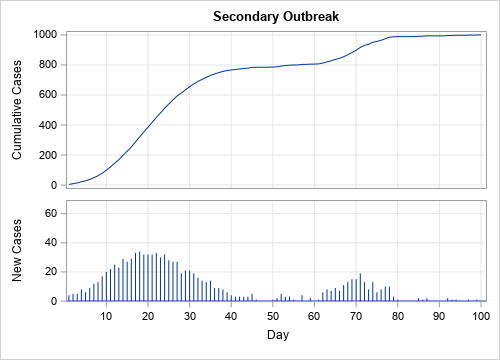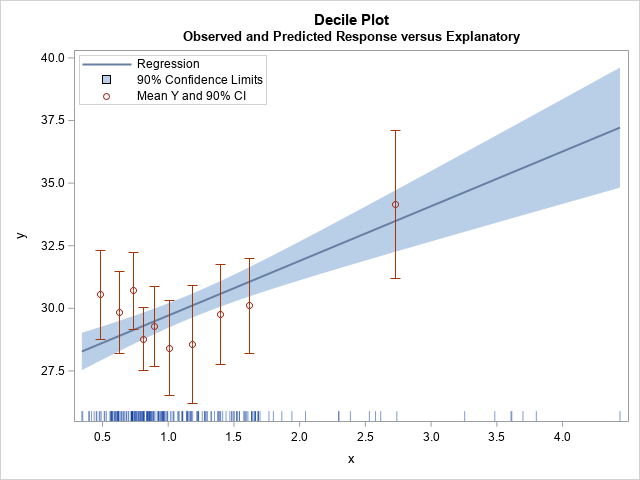
A SAS programmer asked an interesting question: If data in a time series has missing values, can you plot a dashed line to indicate that the response is missing at some times? A simple way to achieve this is by overlaying two lines. The first line (the "bottom" line in











